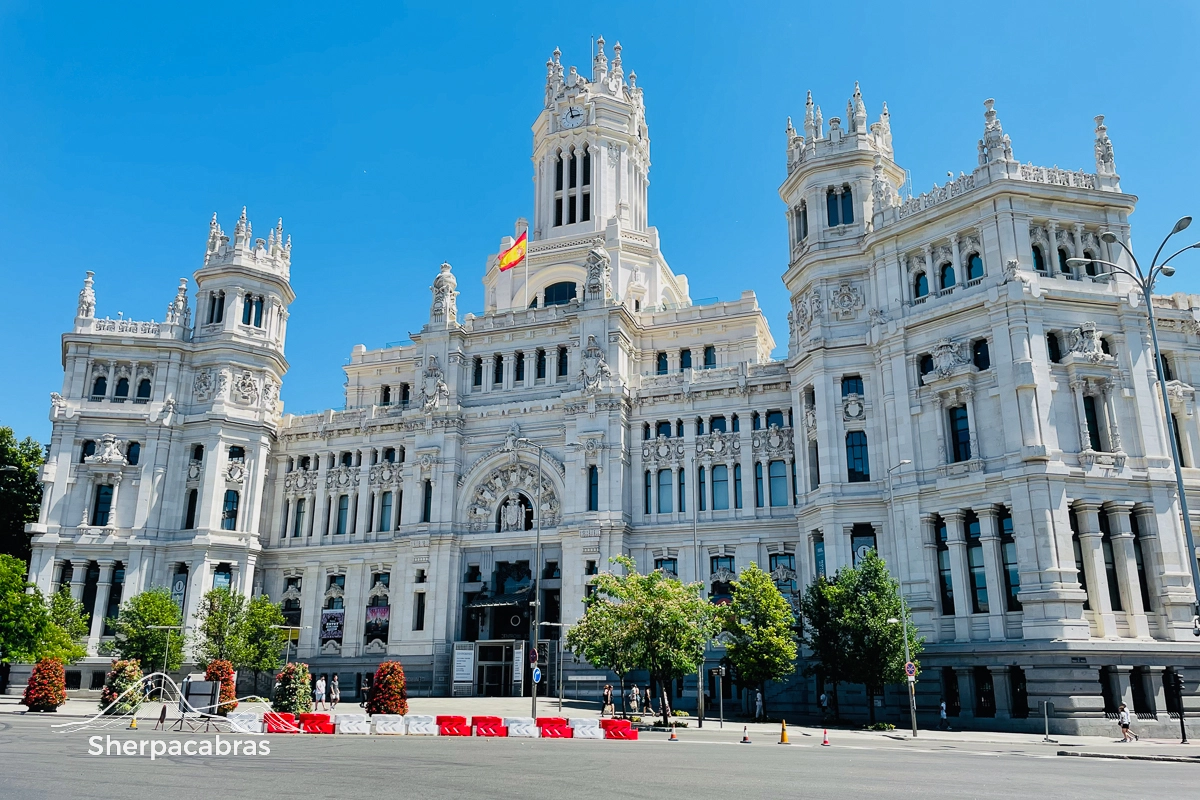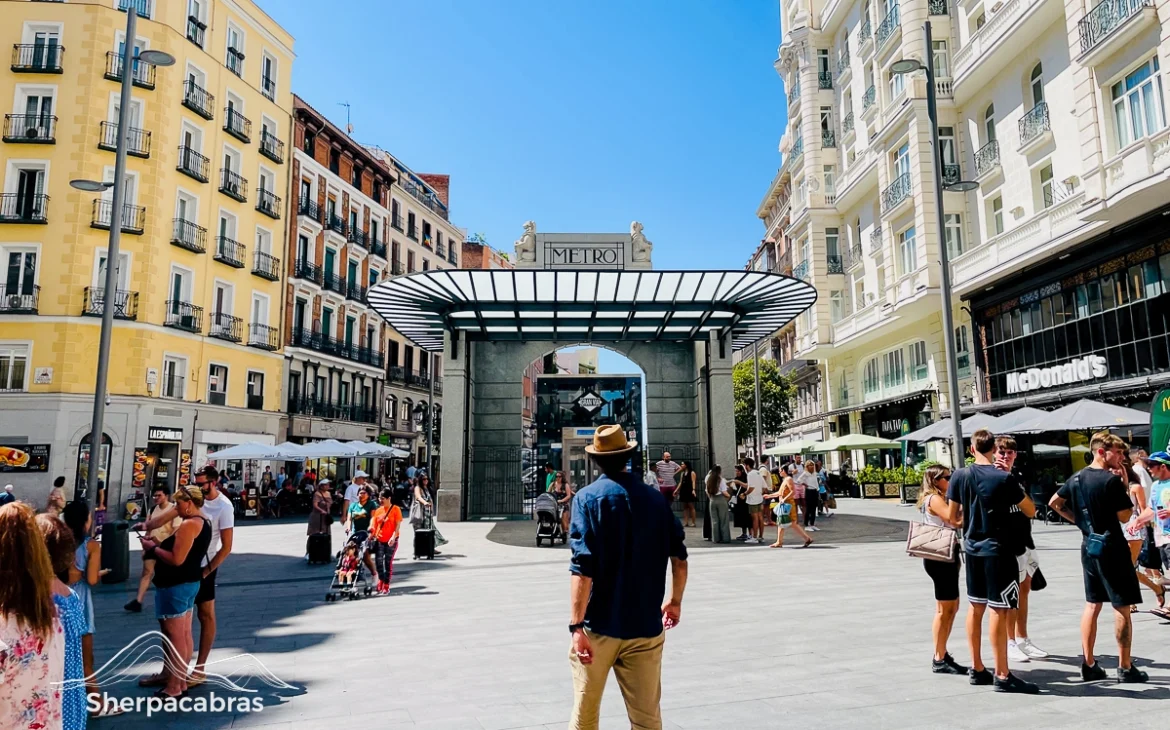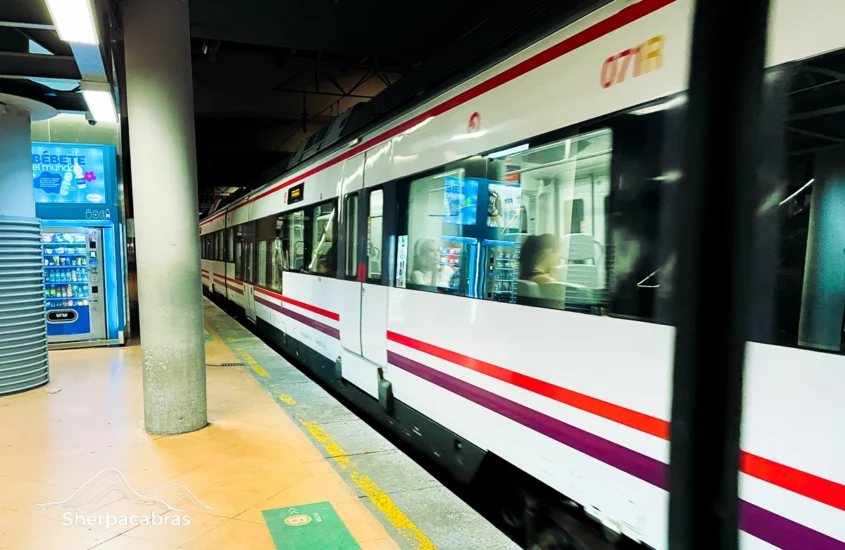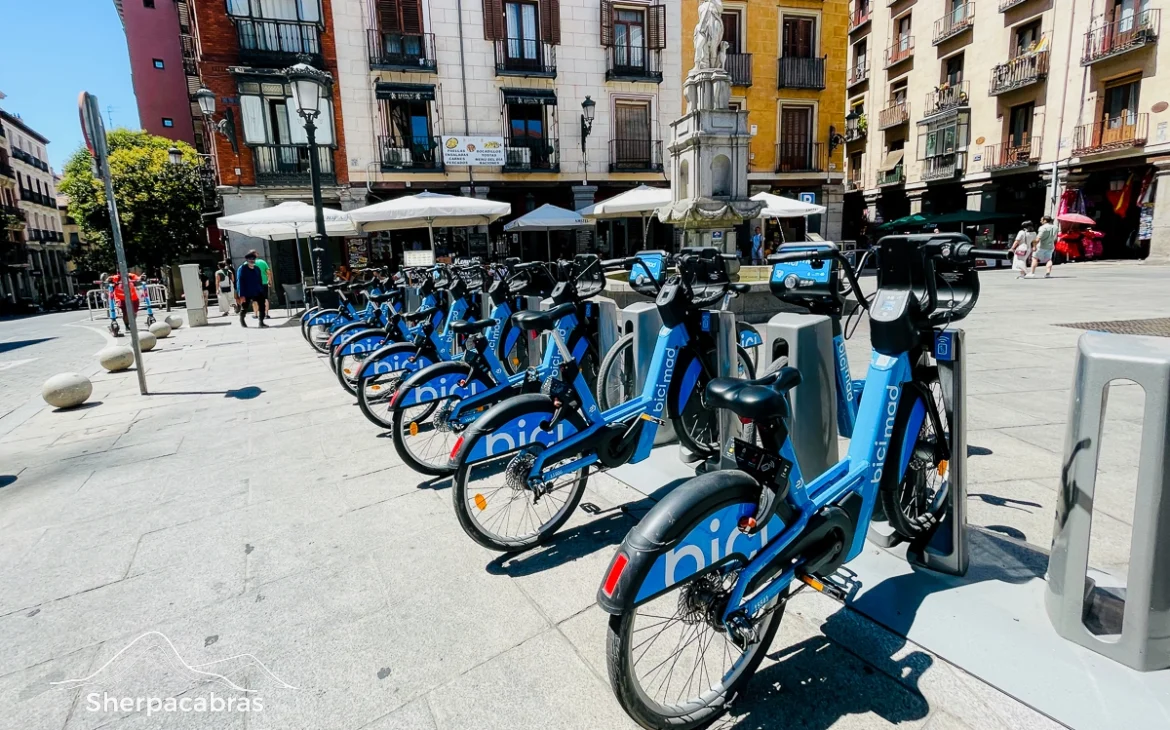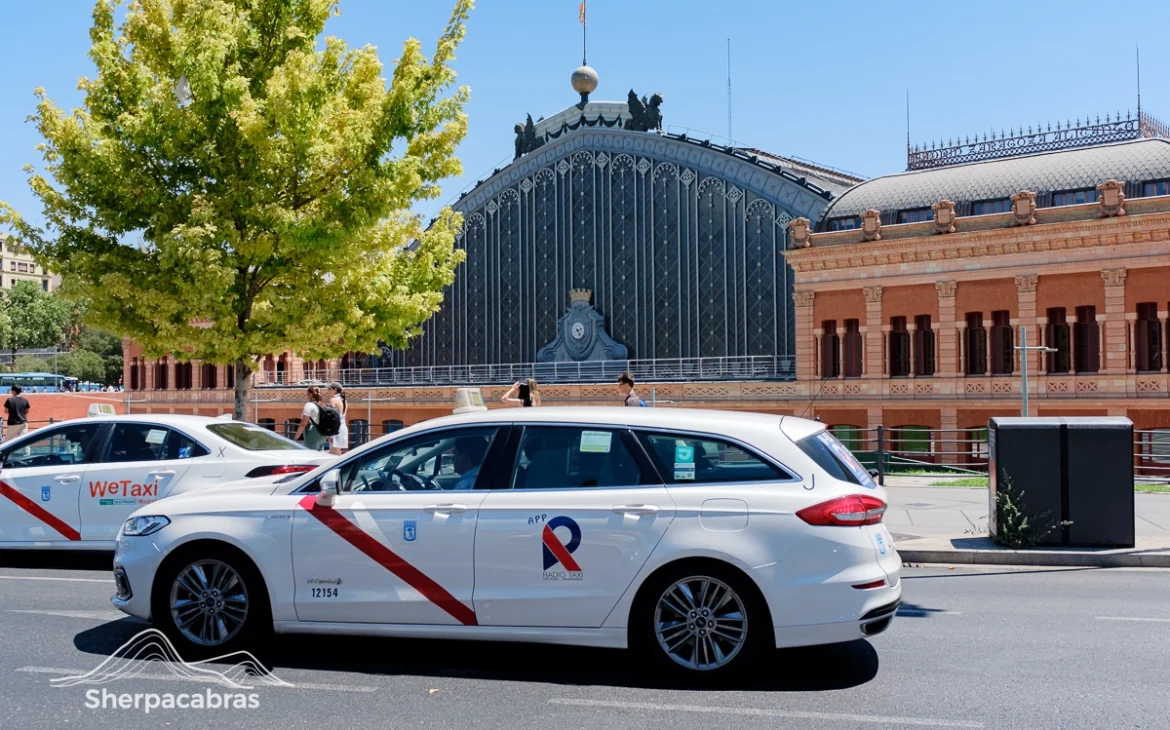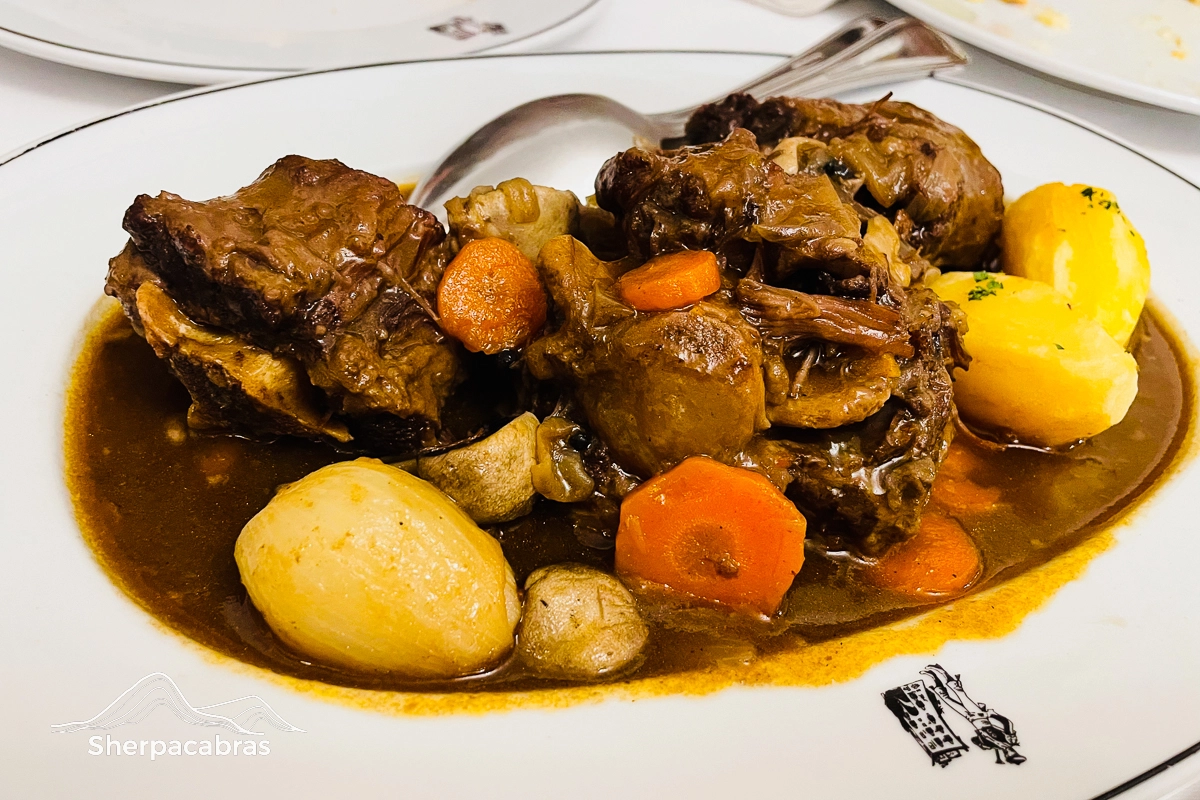Madrid is a great travel option for anyone who loves history, culture, art, food, and fun. Madrid has something for everyone, from ancient monuments and museums to modern skyscrapers and nightlife. Madrid is a city that combines tradition and innovation, where you can experience the best of Spain and the world. Whether you are looking for a romantic getaway, a family vacation, or a solo adventure, Madrid will not disappoint you.
If you are interested in visiting Madrid, we hope that this article has provided you with useful information and tips. We have covered some of the main aspects of Madrid’s history, cuisine, attractions, festivals, and weather, but there is much more to discover and enjoy in this amazing city. We encourage you to check out our other articles on Madrid and other destinations, where you will find more detailed and updated information. If you like history and would like a brief rundown on the Madrid’s history, check out this article:

